| [1] 李为,李颖,周一新,等.人工全踝关节置换术治疗踝关节骨关节炎的疗效分析[J].中华创伤杂志,2011(27):1012-1016.[2] Giannini S,Buda R,Faldini C,et a1.The treatment of severe posttraumatic arthritis of the ankle joint.J Bone Joint Surg Am.2007;(9):15-28.[3] Nihal A, Gellman RE,Embil JM,et al.Ankle arthrodesis.Foot Ankle Surg.2008(14):1-10.[4] Abidi NA,Gnlen GS,Conti SF.Ankle arthrodesis:indications and techniques.J Am Acad Orthop Surg.2000;(8):200-209.[5] Haddad SL,Coetzee JC,Estok R,et a1.Intermediate and longterm outcomes of total ankle arthroplasty and ankle arthrodesis.A systematic review of the literature.J Bone Joint Surg Am.2007;(89):1899-1905.[6] Zwipp H, Rammelt S, Endres T, et al. High union rates and function scores at midterm follow-up with ankle arthrodesis using a four screw technique. Clin Orthop Relat Res.2010; 468(4): 958-968.[7] Easley ME, Montijo HE, Wilson JB, et al. Revisiontibiotalar arthrodesis. JBoneJoint SurgAm.2008;(6): 1212-1223.[8] 梅国华,许同龙, 蒋尧.踝关节融合术研究进展[J].国际骨科学杂志,2015,3(2):100-104.[9] Holt ES,Hansen ST, Mayo KA, et al. Ankle arthrodesis using internal screw fixation.ClinOrthop.1991;268: 21-28.[10] Ogilvie-Harris DJ, Fitsialos D, Hedman TP. Arthrodesisof theankle. A comparison of two versus three screw fixation in acrossed configuration. ClinOrthop.1994;304: 195-199.[11] Clifford C , Berg S , McCann K ,et al.A biomechanical comparison of internal fixation techniques for ankle arthrodesis. J Foot Ankle Surg.2015;(2):188-191.[12] 熊良平,张世民.使用前置钢板行踝关节融合的技巧和短期效果[J].中国矫形外科杂志,2010,18(24):2055.[13] Schuberth JM, Ruch JA, Hansen ST. The tripod fixation technique for ankle arthrodesis. J Foot Ankle Surg.48:93–96, 2009.[14] 卢昌怀,余斌,陈辉强,等. 正常步态下距骨三维有限元模型的建立及应力分析[J].南方医科大学学报,2010,10: 2273-2276.[15] 谢新敏,李来峰,赵学春,等.腓骨中上段骨折对踝关节生物力学影响的临床研究[J]. 中国矫形外科杂志,2009,17(14):1077-1080.[16] Thordarson DB, Markolf K, Cracchiolo AR.Stability of an ankle arthrodesis fixed by cancellous-bone screws compared with that fixed by anexternal fixator.A biomechanical study. J Bone Joint Surg Am.1992;7:1050-1055.[17] Alonso-Vazquez A, Lauge-Pedersen H, Lidgren L, et al. Initial stability of ankle arthrodesis with three-screw fixation. A finite element analysis. Clin Biomech (Bristol, Avon).2004;19(7): 751-759. [18] 杨成伟,李全,孙伟,等.内收型股骨颈骨折多根空心螺钉固定的三维有限元分析[J]. 中国矫形外科杂志, 2009,17(14):1077-1080.[19] 赵文志,李斌.颈椎三维有限元模型的建立方法与评价[J].大连医科大学学报,2009,31(5):8-13.[20] Morales-Orcajo E, Souza TR, Bayod J, et al.Non-linear finite element model to assess the effect of tendon forces on the foot-ankle complex.Med Eng Phys. 2017;pii: S1350-4533(17)30206-0. [21] Tsai A, Coats B, Kleinman PK.Biomechanics of the classic metaphyseal lesion: finite element analysis.Pediatr Radiol. 2017 Jul 18. [22] Ji Y, Tang X, Li Y, et al.Analysis of 3-dimensional finite element after reconstruction of impaired ankle deltoid ligament.Exp Ther Med. 2016;12(6):3913-3916.[23] Hejazi S, Rouhi G, Rasmussen J.The effects of gastrocnemius-soleus muscle forces on ankle biomechanics during triple arthrodesis.Comput Methods Biomech Biomed Engin. 2017;20(2):130-141[24] Zhao Y, Wang G.Advances on biomechanics and kinematics of sprain of ankle joint].Zhongguo Gu Shang. 2015;28(4): 374-377.[25] Liu Q, Zhao G, Yu B, et al.Effects of inferior tibiofibular syndesmosis injury and screw stabilization on motion of the ankle: a finite element study.Knee Surg Sports Traumatol Arthrosc. 2016;24(4):1228-1235.[26] 郭鹏超,王成伟. 踝关节三维有限元生物力学研究的临床转化[J]. 中国组织工程研究, 2014,18(31):5056-5061.[27] 陈振兵,洪光祥,王发斌.上肢功能评定表[J].中国修复重建外科杂志,2004,18:520-521. |
.jpg)
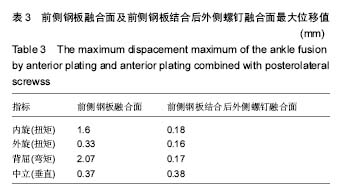
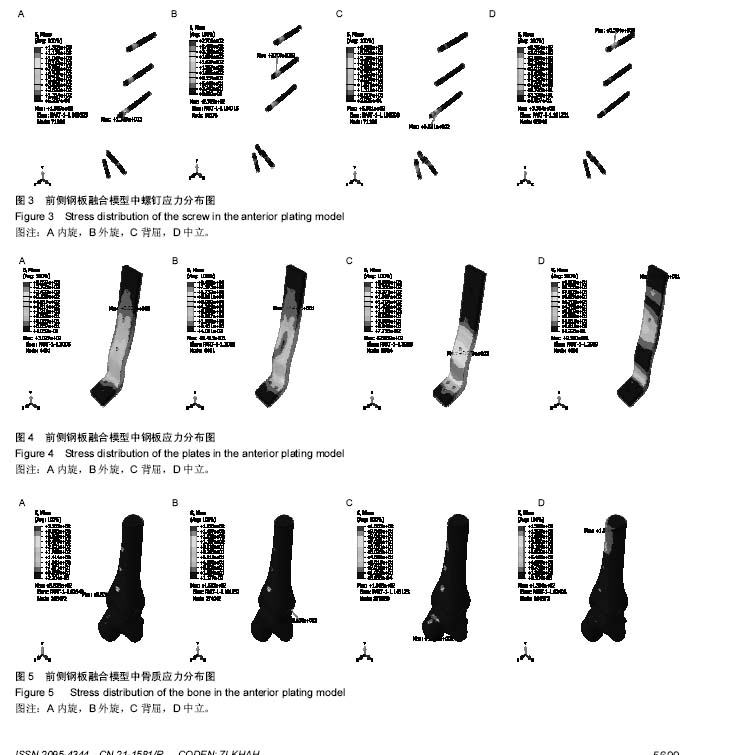
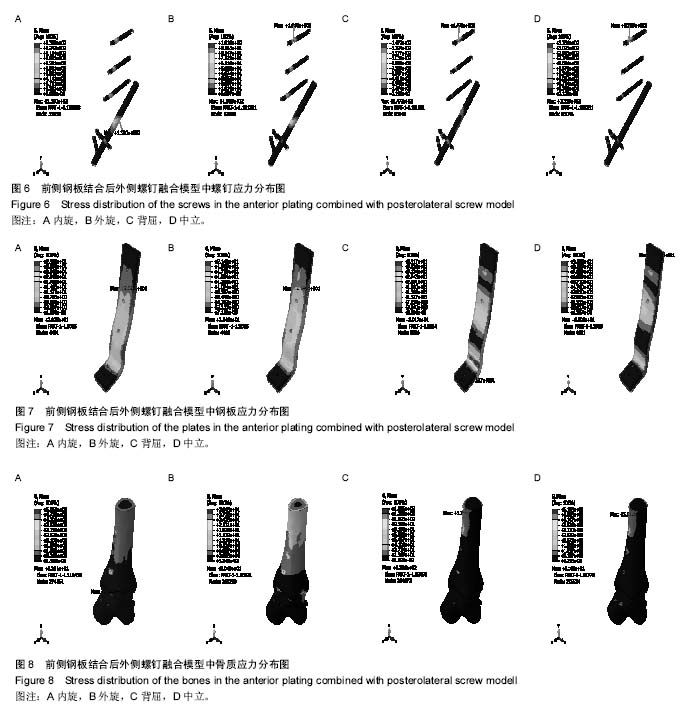
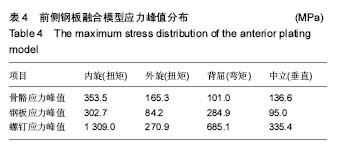
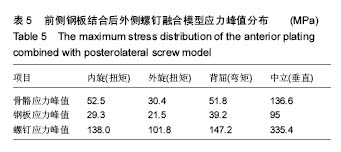
.jpg)
.jpg)
.jpg)